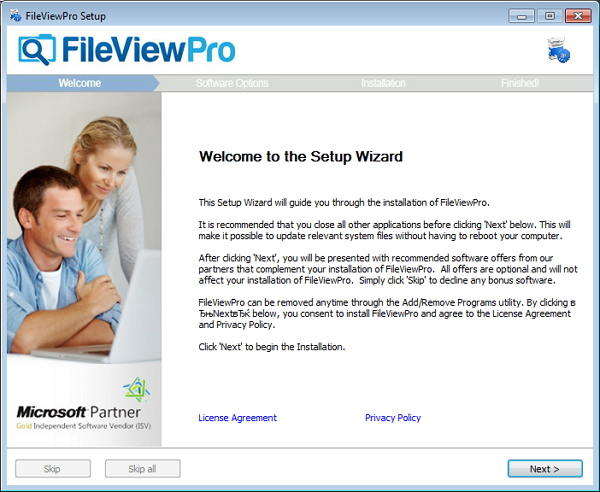Opening TMX Files Made Simple with FileViewPro
페이지 정보
작성자 Oma 댓글 0건 조회 23회 작성일 24-11-17 23:22본문
 FileViewPro is a versatile and intuitive software designed to streamline file management, offering users a smooth experience in opening TMX files, viewing, and managing diverse file types without the need for specialized software. One of the notable features of FileViewPro is its support for TMX files, a vital file format for professionals in the translation and localization industries. With the growing need for businesses and individuals to work across multiple languages, TMX files have become indispensable in preserving translation memory data, making FileViewPro an priceless tool for those who utilize extensively multilingual content management.
FileViewPro is a versatile and intuitive software designed to streamline file management, offering users a smooth experience in opening TMX files, viewing, and managing diverse file types without the need for specialized software. One of the notable features of FileViewPro is its support for TMX files, a vital file format for professionals in the translation and localization industries. With the growing need for businesses and individuals to work across multiple languages, TMX files have become indispensable in preserving translation memory data, making FileViewPro an priceless tool for those who utilize extensively multilingual content management.TMX, or Translation Memory Exchange, is a widely-used format used to store translation memory data. These files play a significant role in the translation process by maintaining previously translated text segments, ensuring consistency across documents while considerably reducing the time and cost associated with translating repetitive content. FileViewPro supports TMX files inherently, enabling users to open and examine the contents of these files without the need for additional translation memory software.
This capability is especially beneficial for translators, language service providers, and project managers who require quick access to translation memory data for analysis and quality assurance purposes. One of the primary challenges users face with TMX files is their XML-based structure, which can be cumbersome to navigate without the right software. Unlike traditional text editors that may have difficulty to display TMX files correctly due to their intricate formatting, FileViewPro streamlines the process by presenting the content in an easy-to-read format.
The software efficiently parses the XML data, extracting the relevant translation units and displaying them in a user-friendly interface. This feature eradicates the need for manual parsing or the use of complex coding knowledge, making it available even to users who are not experienced with technology but need to work with translation memories. FileViewPro’s TMX file support surpasses simple viewing. The software permits users to search within TMX files, allowing them to locate specific translation units swiftly.
This search functionality is vital for translators who need to find specific phrases or terms previously translated in order to maintain consistency across projects. By optimizing this process, FileViewPro helps users increase efficiency and prevent the errors that can arise from inconsistent translations, improving the overall quality of multilingual content. Additionally, the software supports large TMX files, managing them smoothly without performance issues, even when dealing with large-scale translation memory databases.
Another notable advantage of using FileViewPro for TMX files is its compatibility across various operating systems. Many traditional translation tools are confined to specific platforms, which can be a barrier for professionals who work in different environments. FileViewPro, however, is created with versatility in mind and works smoothly on both Windows and Mac systems, ensuring that users can access their TMX files regardless of the device they are using.
This cross-platform support is a major benefit for remote teams or freelancers who may alternate between different operating systems depending on the project requirements.
댓글목록
등록된 댓글이 없습니다.